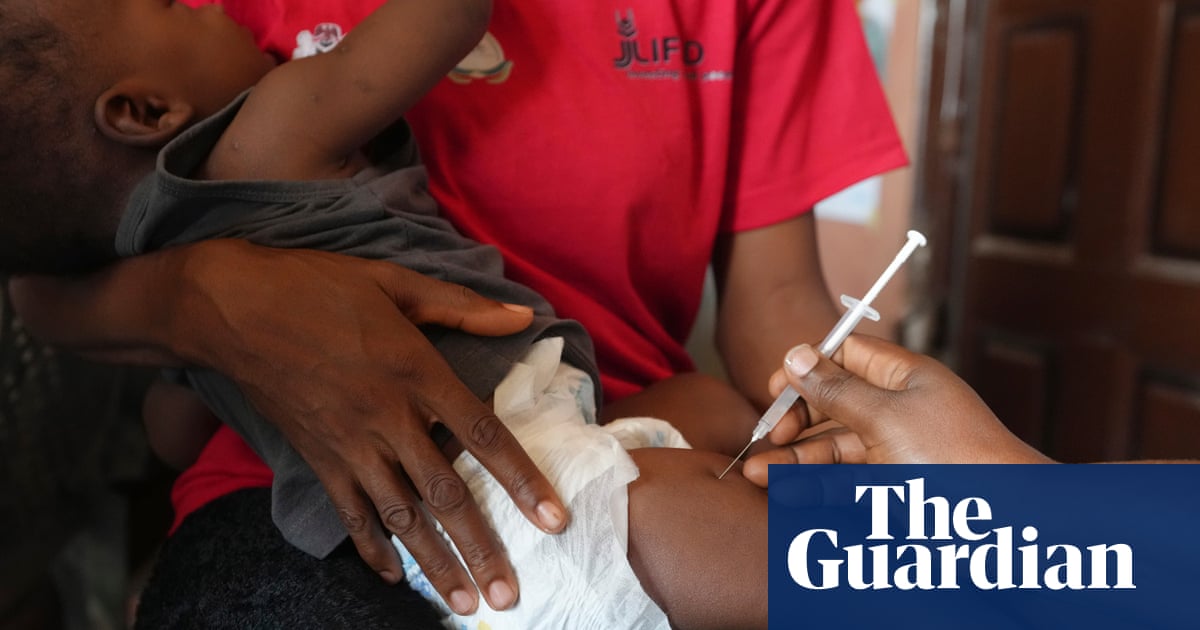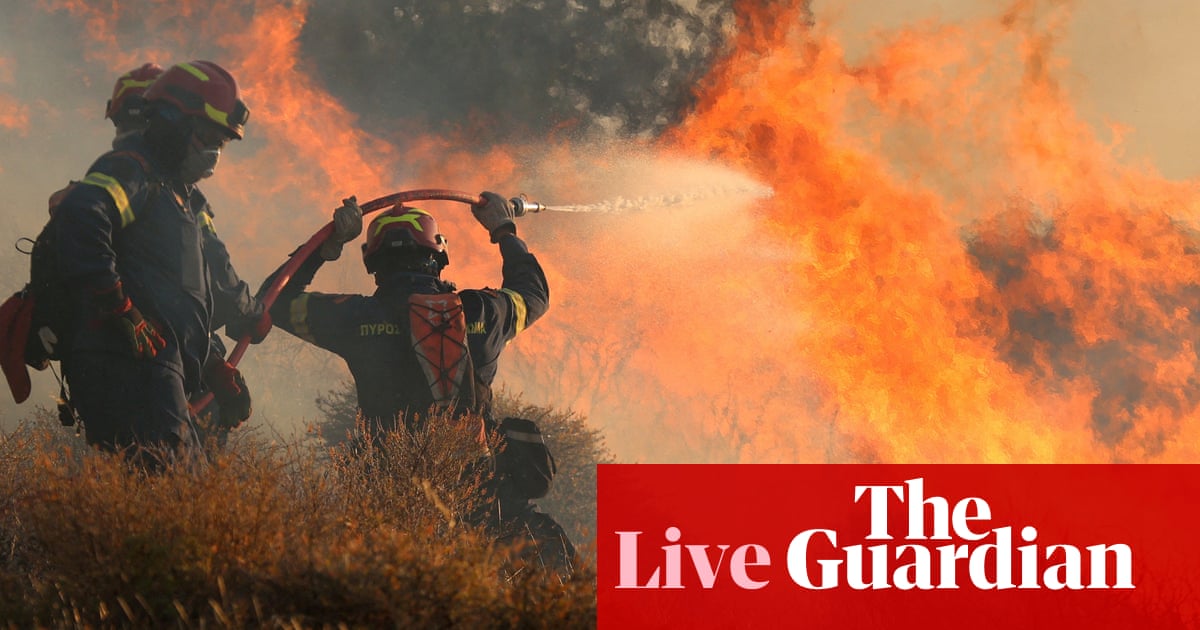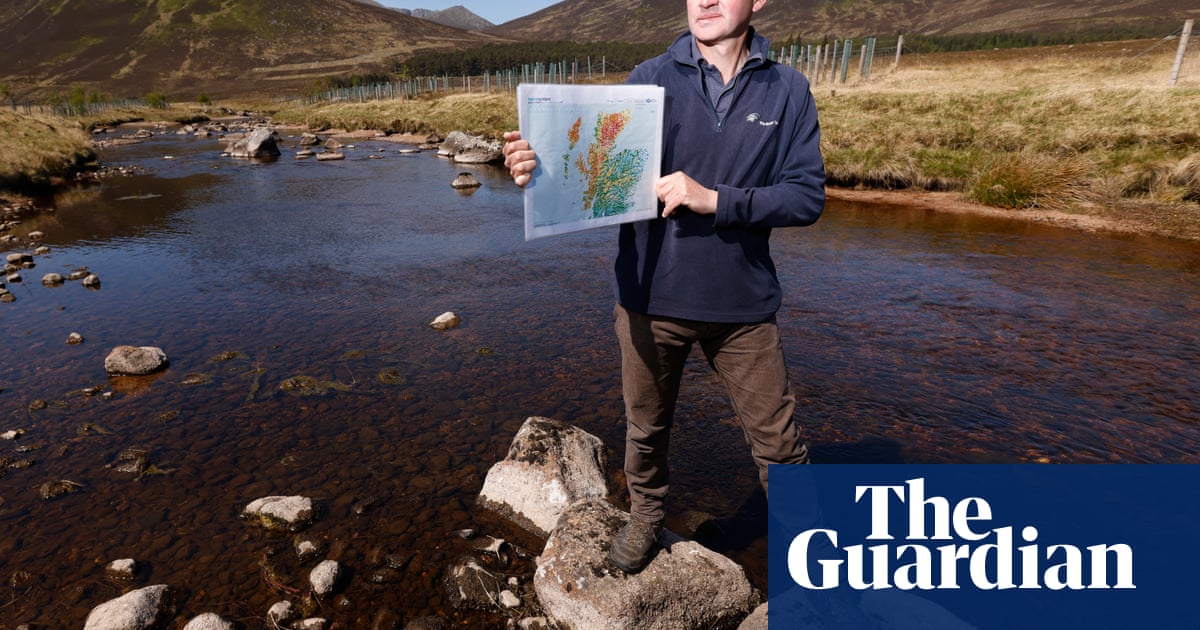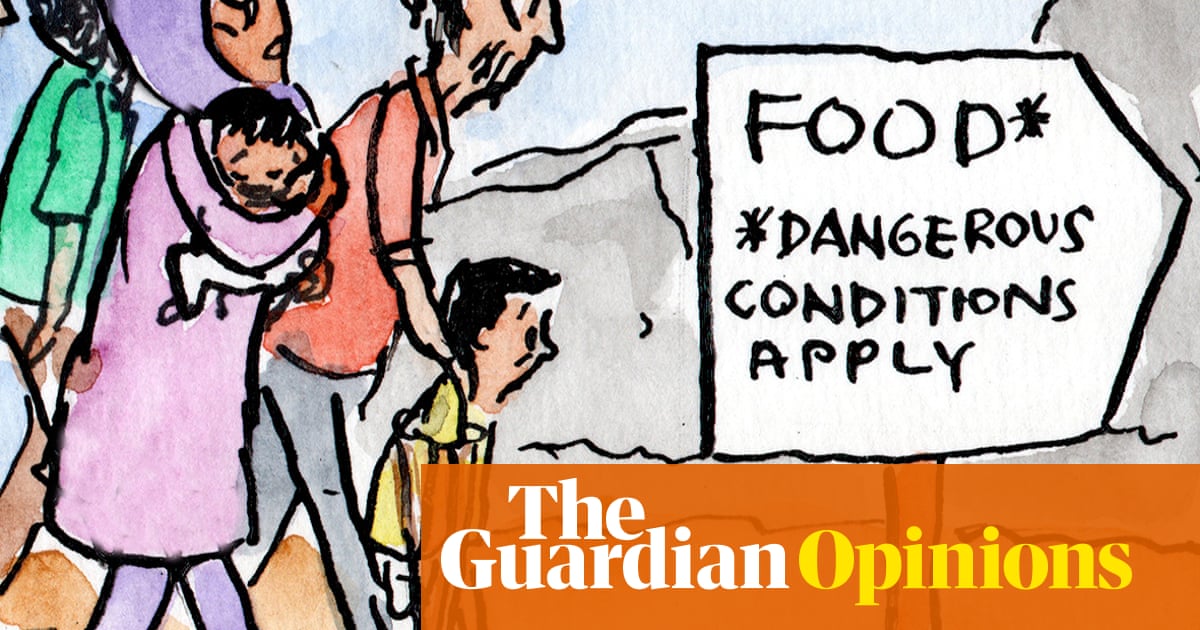More than 900 earthquakes have shaken a remote island chain in southern Japan in the past two weeks, according to the country’s weather agency, leaving residents unable to sleep and fearful of what might come next.
Although no major damage has been reported, the Japan Meteorological Agency has acknowledged that it does not know when the quakes would end.
“Seismic activity has been very active in the seas around the Tokara island chain since June 21,” Ayataka Ebita, director of the agency’s earthquake and tsunami observation division, said at an emergency news conference on Wednesday after a magnitude 5.5 quake was registered at about 3.30pm in the island chain, located south of the main Japanese island of Kyushu.
“As of 4pm today, the number has exceeded 900,” he told reporters, adding that residents should prepare to take shelter or evacuate given the possibility the area could be hit by even stronger quakes.
The Mainichi Shimbun said a record number of 740 quakes had occurred across the island chain in the 10-day period up to Tuesday. The quakes were all recorded as 1 or higher on the 7-point Japanese seismic intensity scale, which is used to describe the level of shaking, with 7 being the strongest. A lower 5 is considered powerful enough to alarm people and force them to hold on to something stable.
Tokara village said on its website that residents were tired as they had been unable to sleep. “It feels like it’s always shaking,” one resident told the regional broadcaster MBC. “It’s very scary to even fall asleep.”
Another said: “It’s not clear when all this will end. I should think about whether to evacuate my kids.”
Official data shows that the number of daily quakes peaked at 183 on 23 June, then declined to 15 on 26 June and 16 on 27 June. But the number rose again to 34 on 28 June and 98 on 29 June. On 30 June, 62 quakes were recorded.
A similar period of intense seismic activity in the Tokara area was seen in September 2023, when 346 earthquakes were recorded, according to the meteorological agency.
Seven of the 12 remote Tokara Islands are inhabited, with about 700 residents in total.
Experts say the unusual topography of the area around the Tokara islands makes it easier for pressure to build below the seabed that is then relieved in the form of earthquakes.
Japan is one of the world’s most seismically active countries, sitting on top of four major tectonic plates along the western edge of the Pacific “ring of fire”.
The archipelago, home to about 125 million people, experiences about 1,500 tremors a year and accounts for about 18% of the world’s earthquakes. The vast majority are mild, although the damage they cause varies according to their location and the depth at which they strike.
Nearly 600 people died after a massive earthquake hit the Noto Peninsula in central Japan on New Year’s Day in 2024. In March 2011, more than 18,000 people died after a magnitude 9.0 earthquake triggered a powerful tsunami that wrecked large parts of the coastline in north-east Japan. The quake also triggered a triple meltdown at the Fukushima nuclear power plant.
Japan’s government this week said that more needed to be done to prepare for a possible “megaquake” that experts believe has a strong chance of striking the Pacific coast in the next three decades.
Although it is impossible to predict when, exactly, an earthquake will occur, a government panel in January marginally increased the probability of a major jolt in the Nankai Trough in the next 30 years to between 75% and 82%.
According to a revised government estimate in March, a megaquake in the region accompanied by a tsunami could kill as many as 298,000 people and cause damage worth up to $2tn.

 7 hours ago
3
7 hours ago
3

















































